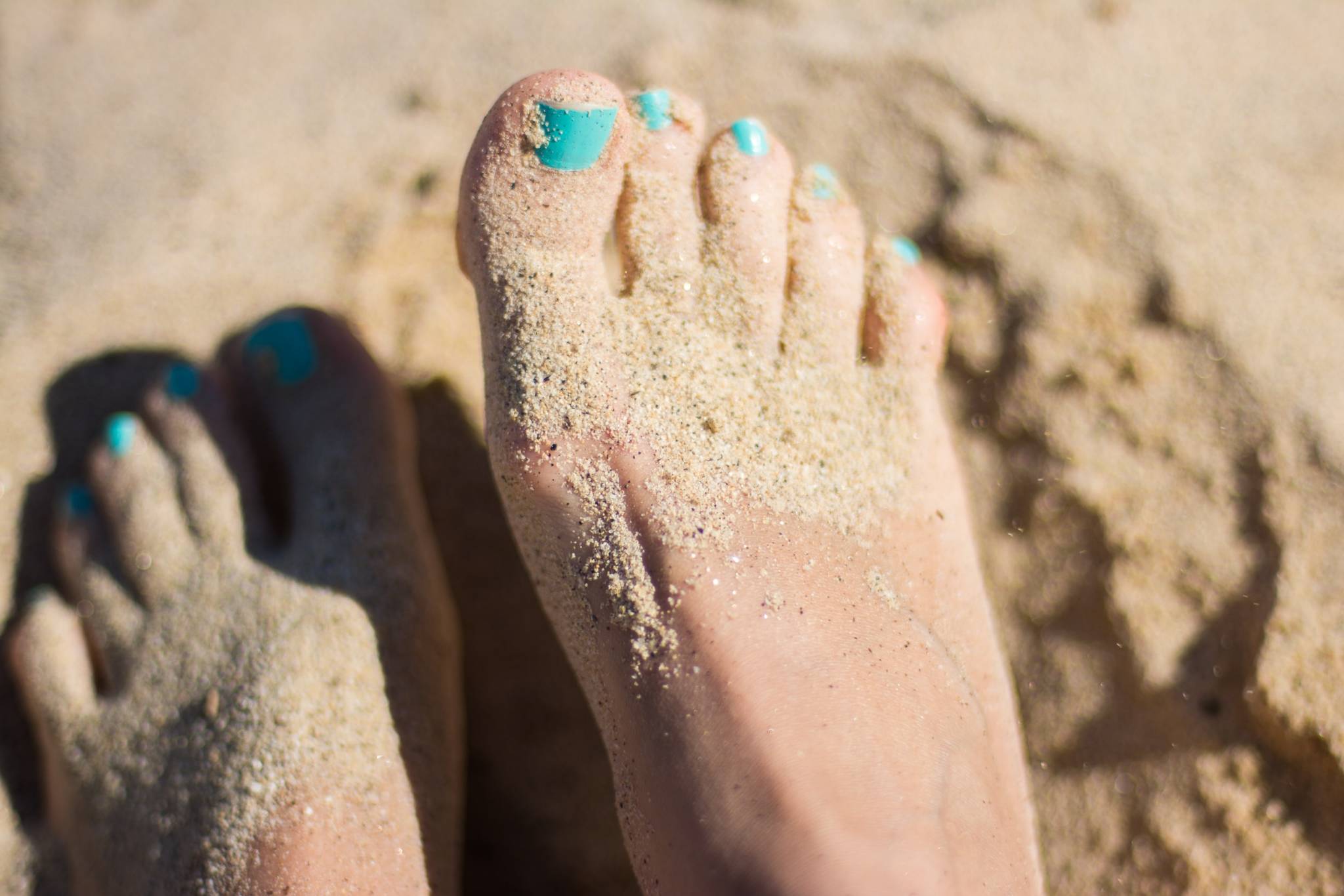It’s officially mandal season. Mandal? That’s a men’s sandal, one that reveals feet that are customarily covered. Usually it’s the sexy kind with Velcro. Alaskans have their feet stuffed into Xtratufs, work boots or dress shoes, depending on their day jobs. So those otherwise hidden feet are coming out to enjoy the sunshine in all their gnarly and rugged glory.
Generally, women give their feet more attention so as to make them more appealing. I don’t know very many men who get pedicures, but I’m sure you are out there with your pretty little tootsies! But I don’t really want to talk about grody feet. I want to talk about grody hearts, calloused hearts. We form callouses from repetitive actions.
The way we walk daily, the work of our hands, what we do every day over and over makes its mark on our body and our spirit. Feet are sensitive. Have you ever hurt your pinkie toe? Youch! Our bodies form calluses to protect us, to make sensitive parts tough. They protect us from friction and pressure. But sometimes they can get unsightly. Sometimes they can make your foot looked deformed.
Hearts are sensitive too. We work hard to protect them. We build up defense mechanisms, attitudes and thought patterns sometimes unconsciously. We get hurt and we want to make sure we will never get hurt that way again. We build up layer upon layer over the years. We avoid people, conversations or situations that we know will hurt us. We cut ourselves off from people and situations because it’s too hard, because we just can’t open ourselves and our hearts again. Our hearts can get deformed and unsightly. They can get to where they no longer work properly. We can get curmudgeonly. Have you ever met a curmudgeon? Ever wonder how they got that way?
Well it’s time to strap on your mandals! Bring those warty and corn covered callused hearts out into the sunshine. Just like how it feels good to take off your socks and shoes at the end of the day or to stick your feet in the ocean, simply taking the first step of uncovering our protected hearts will feel good.
The water might be cold and shocking at first, but soon it feels comfortable and soothing. Take off those Xtratufs and walk around in your mandals in the sunshine and see if you don’t catch some glances. See if revealing your most grody parts causes your inner most self to blossom. Isaiah 52:7 says “How beautiful on the mountains are the feet of those who bring good news, who proclaim peace, who bring good tidings, who proclaim salvation…” so God finds your feet beautiful no matter what anybody else thinks.
Where do you have calluses? How has your body and spirit hardened over the years to protect you from pain? What do you avoid so you won’t get hurt? Which unsightly calluses are keeping you from putting your true self out into the world? I’m sure some hurts immediately come to mind. I’m sure some specific people come to mind for you.
Calluses take time to form. They take hard work and elbow grease to get rid of. Sometimes we purposely build them. Budding guitarists work hard to create callouses on their fingertips so that playing their instrument won’t be painful and the music will flow easier. There are good reasons to protect yourself; there are good calluses.
If our feet were completely callous free, it’d be painful to walk at all. So don’t go too deep with your pumice stone when you try to remove them. Be gentle and take your time. Get a bottle of polish and paint them a pretty color.
Take a walk with a trusted friend and show off your beautiful self in the process of healing. Wear those mandals proudly.
• Samantha Walker is a co-pastor of North Star Vineyard. “Living Growing” is a weekly column written by different authors and submitted by local clergy and spiritual leaders.

